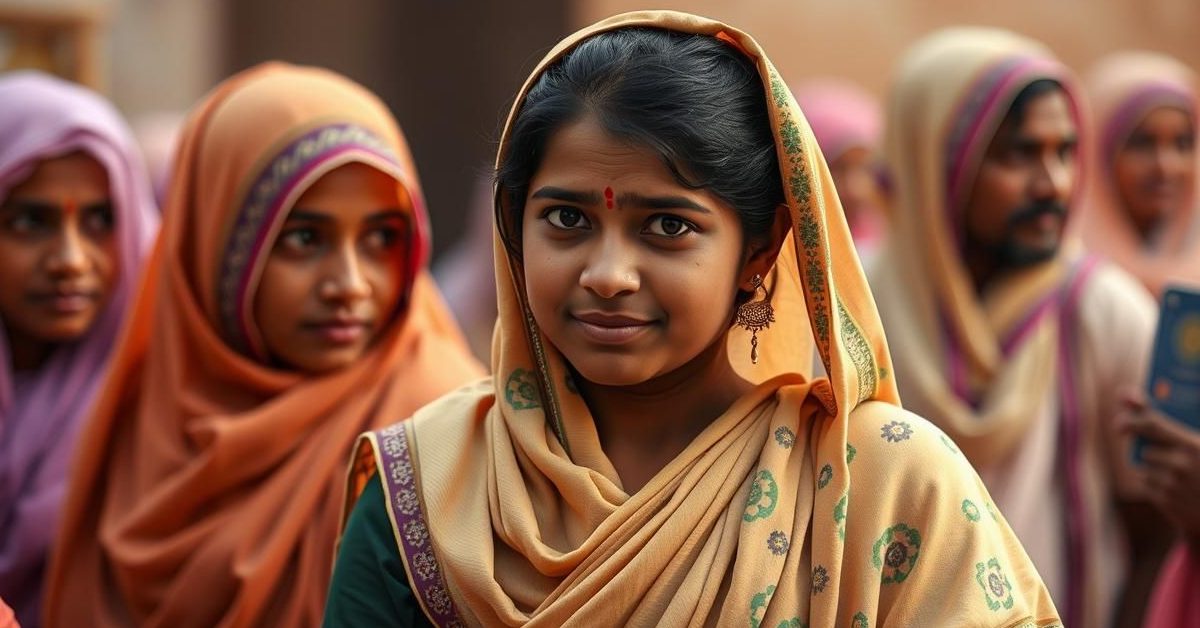This week’s UPSC Essentials for Mains answer writing delves into two significant areas for civil services aspirants: the National Education Policy (NEP) 2020’s strategies to tackle the gender gap in education and the recent UNESCO World Heritage recognition of India’s Maratha Military Landscapes.
Tackling the Gender Gap in Education: NEP 2020’s Vision
The National Education Policy (NEP) 2020 aims to create a more inclusive and equitable education system in India. A key focus is bridging the persistent gender gap, aligning with global goals like Sustainable Development Goal 4 (quality education) and Goal 5 (gender equality).
On July 12, celebrated as Malala Day, the bravery of Malala Yousafzai reminds us of the ongoing fight for girls’ education. The NEP reflects this spirit by prioritizing access, equity, curriculum development, and gender sensitization in education.
India has made commendable strides in female enrollment, with the Gross Enrolment Ratio (GER) in higher education rising significantly. However, school dropout rates, particularly at secondary levels, remain a concern for girls.
To counter this, NEP 2020 aims for 100% GER in school education by 2030. It proposes a Gender Inclusion Fund (GIF) to help states build safe and sanitary facilities like hostels and bathrooms, fostering an inclusive environment for girls.
Beyond infrastructure, the policy emphasizes gender-sensitive curricula, incorporating topics like sex education and menstrual health. Empowering girls with knowledge of their legal, financial, and digital rights is crucial. Effective implementation requires ongoing collaboration between government, NGOs, and communities to overcome societal barriers.
Maratha Military Landscapes: A Global Recognition of Heritage
India’s civilisational identity has gained global spotlight with the recent inscription of the Maratha Military Landscapes on the UNESCO World Heritage List. This collection includes twelve historically significant Maratha forts, eleven located in Maharashtra and one in Tamil Nadu.
These forts, built or expanded between the late 17th and early 19th centuries, showcase exceptional strategic design. Spanning diverse terrains from coasts to mountains, they formed an intricate defense network. This system was vital for Maratha military dominance, protecting trade routes, and asserting territorial control.
Notable forts among them include Raigad, once the capital of the Maratha Empire, and Shivneri, the birthplace of Chhatrapati Shivaji Maharaj. Coastal forts like Sindhudurg and Suvarnadurg highlight Maratha naval prowess, while Gingee Fort in Tamil Nadu demonstrates their influence beyond Maharashtra.
The UNESCO recognition underscores the architectural ingenuity, strategic brilliance, and enduring legacy of the Maratha Empire. It serves as a powerful affirmation of India’s rich historical and cultural heritage on the international stage.
- NEP 2020 aims to bridge the education gender gap through initiatives like the Gender Inclusion Fund.
- Despite progress in female enrollment, dropout rates remain a challenge, especially in secondary education.
- Twelve Maratha forts, spanning Maharashtra and Tamil Nadu, have been inscribed as a UNESCO World Heritage Site.
- These forts represent sophisticated military architecture and strategic planning, vital for Maratha dominance.
These topics highlight critical contemporary and historical dimensions, essential for a comprehensive understanding of India’s development and heritage.















